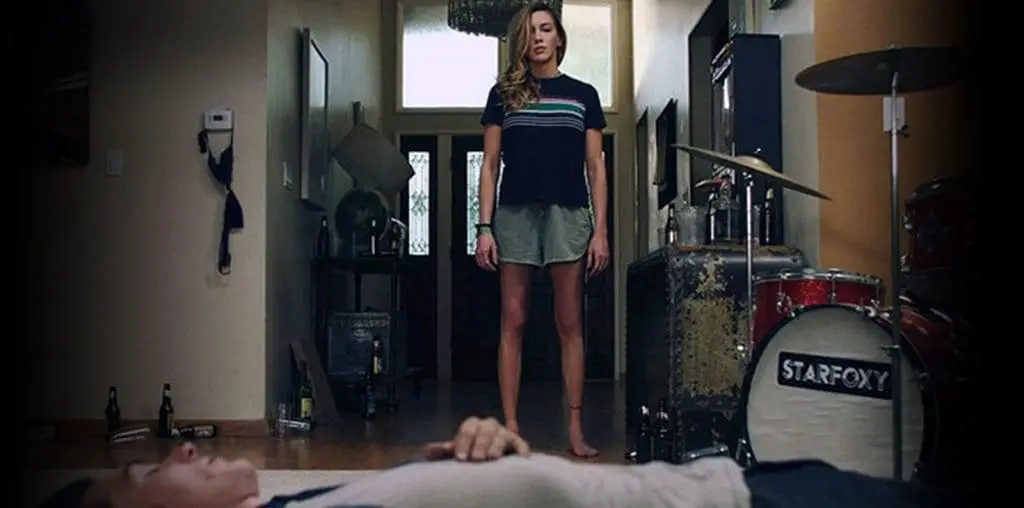
Unavailable for many years, Shirley Clarke’s 1967 underground feature has returned in a beautifully restored version. And if the production doesn’t quite generate the same degree of shock that it offered at the time of its premiere, it is still a mesmerizing journey into experimental filmmaking.
“Portrait of Jason” is basically a one-man show, with Jason Holliday in the spotlight. Holliday (born Aaron Payne) was a gay black hustler with an extraordinary gift of gab. “I’ve spent so much of my life being sexy, as you can see, that I haven’t gotten anything else done,” he says.
Clarke filmed “Portrait of Jason” in a marathon 12-hour at her apartment in New York’s Chelsea Hotel. For the course of the film, Holliday provides a bizarre yet entertaining skein of his various misadventures. Whether he is recounting his inept work as a houseboy for wealthy white women or detailing a seemingly endless effort to launch a nightclub act, Holliday always winds up as the funniest person in his intricate anecdotes – a point that he drives home by laughing, Paul Lynde-style, at all of his jokes and witticisms.
(As an aside, some of Holliday’s anecdotes only had a casual acquaintance with the truth – he was actually an accomplished performer who had appeared on stage and radio and in cabaret prior to the film’s production. His talk about never quite getting his nightclub act together was a bit of a fib.)
Holliday also speaks frankly about his sex life, pausing only for swigs of vodka and Bette Davis-worthy drags on cigarettes and a joint. “If I had been a ranch, they’d call me the Bar None,” he quips. He goes in depth recalling various highs and lows as a gay man, ranging from being a victim (as disastrous encounter with an undercover cop trying to fill his entrapment quota) to victimizer (burglarizing the home of a wealth lover). Holliday’s open identification as a gay man was highly uncommon for the era, though some of his pride was clearly laced with self-loathing (he calls himself “bona fide freakville” and unapologetically uses “faggots” to describe other gays).
Towards the end of the 105-minute running time, Holliday’s ebullience deflates considerably and the tone of his remarks during the production’s later stretch ranges from sourness to unease. In a relatively rare moment of introspective guilt, Holliday admits, “You only got so much energy. I just spent so much time being a nervous wreck. I guess I never really had any fun at all. Do you know how much that hurts? It only hurts when you think of it. And if you’re real, you think of it a long, long time. Those are the dues.”
In terms of filmmaking technique, “Portrait of Jason” gives the impression of not being polished: Clarke is heard calling out directions, the picture often goes out of focus, and the film occasionally runs out while the audio is still recording, leaving a black screen while Holliday rambles on. But this ramshackle style is the best cinematic mirror for Holliday’s ramshackle life – and Lord know he wasn’t picky about how he was being preserved for posterity. “This is a picture I can save forever,” he exclaims with a giggle that deepens into a soul-enriching last laugh.
